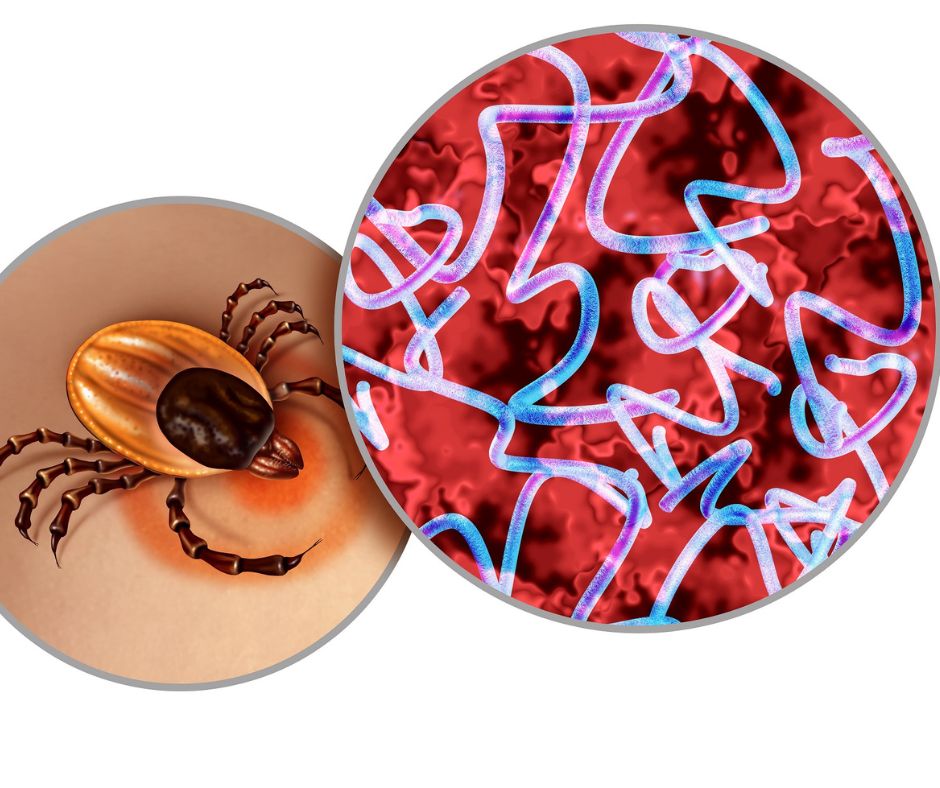Combo antibiotics shown to eradicate Lyme disease in mice

Researchers have identified seven combination therapies that are superior to courses of single antibiotics for treating persistent Lyme disease in mice.
The laboratory study, published in the peer-reviewed journal Frontiers in Microbiology, was conducted by Bay Area Lyme Foundation Scientific Advisory Board member Monica Embers Ph.D., along with other researchers from Tulane University.
“Our results support the experience of Lyme disease patients whose symptoms have not resolved after a standard course of antibiotics, and these new data suggest that combination therapy should be investigated in clinical studies for treating persistent human Lyme disease,” said Embers, an associate professor of microbiology and immunology and director of Vector-borne Disease Research at Tulane National Primate Research Center.
While none of the single courses of antibiotics eliminated persistent infection in this investigational study, some combinations of already FDA-approved antimicrobial treatments were able to eradicate the bacteria.
Four double combos and three triple
Specifically, four different dual combinations of antibiotics (doxycycline and ceftriaxone; dapsone and rifampicin; dapsone and clofazimine; doxycycline and cefotaxime) and three triple combinations of antibiotics and antimicrobials (doxycycline, ceftriaxone and carbomycin; doxycycline, cefotaxime and loratadine; dapsone, rifampicin and clofazimine) eradicated persistent infections of Borrelia burgdorferi, the bacteria that causes Lyme disease.
“With no FDA-approved treatment for persistent Lyme, these data will bring much-needed hope to the approximately 2 million Americans who live with symptoms such as chronic pain, fatigue, and cognitive dysfunction due to this terrible disease,” said Linda Giampa, executive director of the Bay Area Lyme Foundation.
“Importantly, this is yet another study demonstrating the existence of persistent infection following a standard course of antibiotics.”
In this study, Borrelia burgdorferi was found in tissue cultures taken after a 28-day course of a single antibiotic treatment, supporting previous data showing that the bacteria can persist following standard treatment.
Conversely, viable Borrelia burgdorferi was not detected in cultured tissues following administration of the seven treatment combinations.
Previous studies funded by Bay Area Lyme Foundation also found other compounds, including natural botanicals, to show promise in killing Borrelia burgdorferi and superiority over commonly prescribed antibiotics in laboratory research.
This study was made possible by Bay Area Lyme Foundation’s science research grant program, which includes support from Project Lyme.
SOURCE: Bay Area Lyme Foundation




















We invite you to comment on our Facebook page.
Visit LymeDisease.org Facebook Page